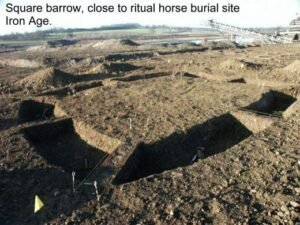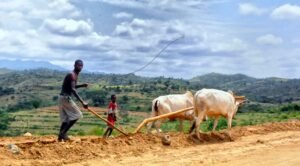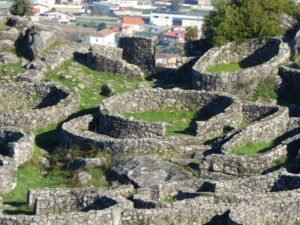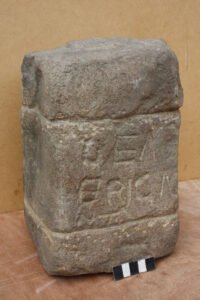The Nosterfield Quarry excavation sits at the heart of one of Britain’s most enigmatic prehistoric landscapes—the Thornborough Henges Complex.
Period: Iron Age
Jan 24
Briefing – Roman Interaction with Galicia and the Iberian Peninsula
Roman Invasion of Hispania: The Romans’ first significant incursions into the Iberian Peninsula began in 218 BCE during the Second Punic War, when Hannibal Barca, the Carthaginian general, crossed the Alps and threatened Rome. This prompted Roman intervention to ensure control of their western Mediterranean territories.
Jan 24
Biefing – The Myth of Breogán and the Tower of Heracles
Breogán is a legendary figure in Galician mythology and is regarded as the founder of the Galician people. The myth of Breogán is part of the ancient Celtic tradition, and while the details of his story vary across sources, he is universally seen as a key figure in the mythological ancestry of the Galicians.
Ingleborough Iron Age Hillfort
Ingleborough Hill, located in the Yorkshire Dales, is known for its prehistoric significance, particularly its hill fort. The hill fort atop Ingleborough is located at an elevation of about 723 meters (2,372 feet) above sea level, making it one of the highest known Iron Age settlements in the region.










